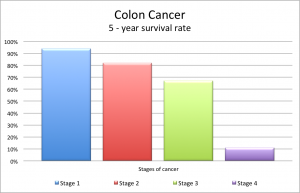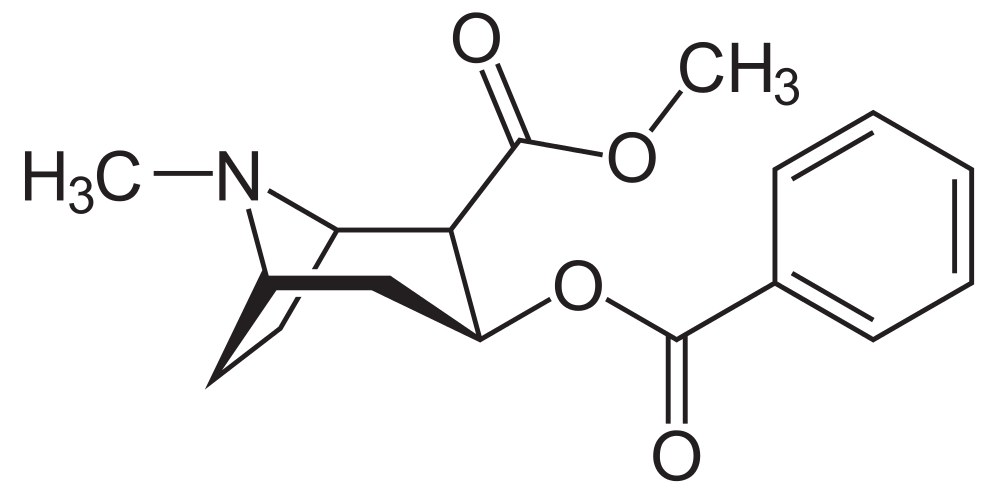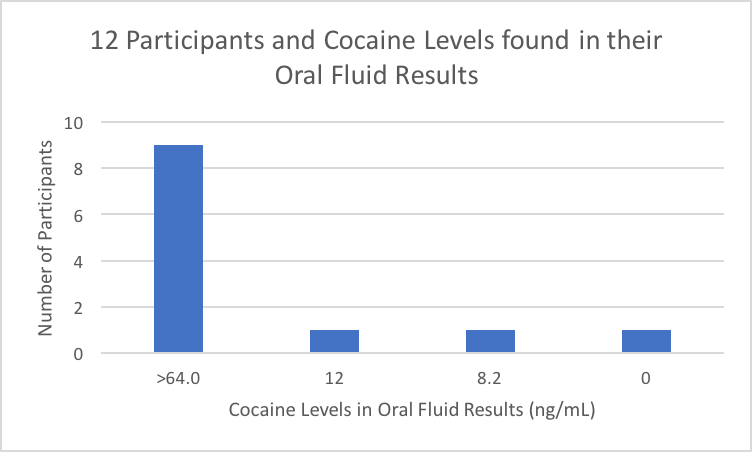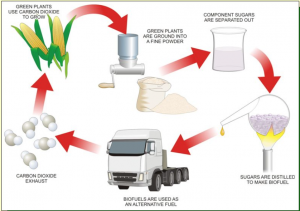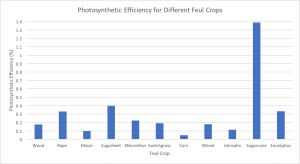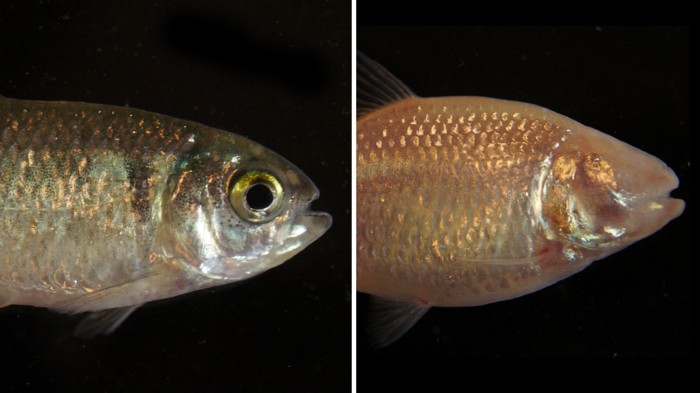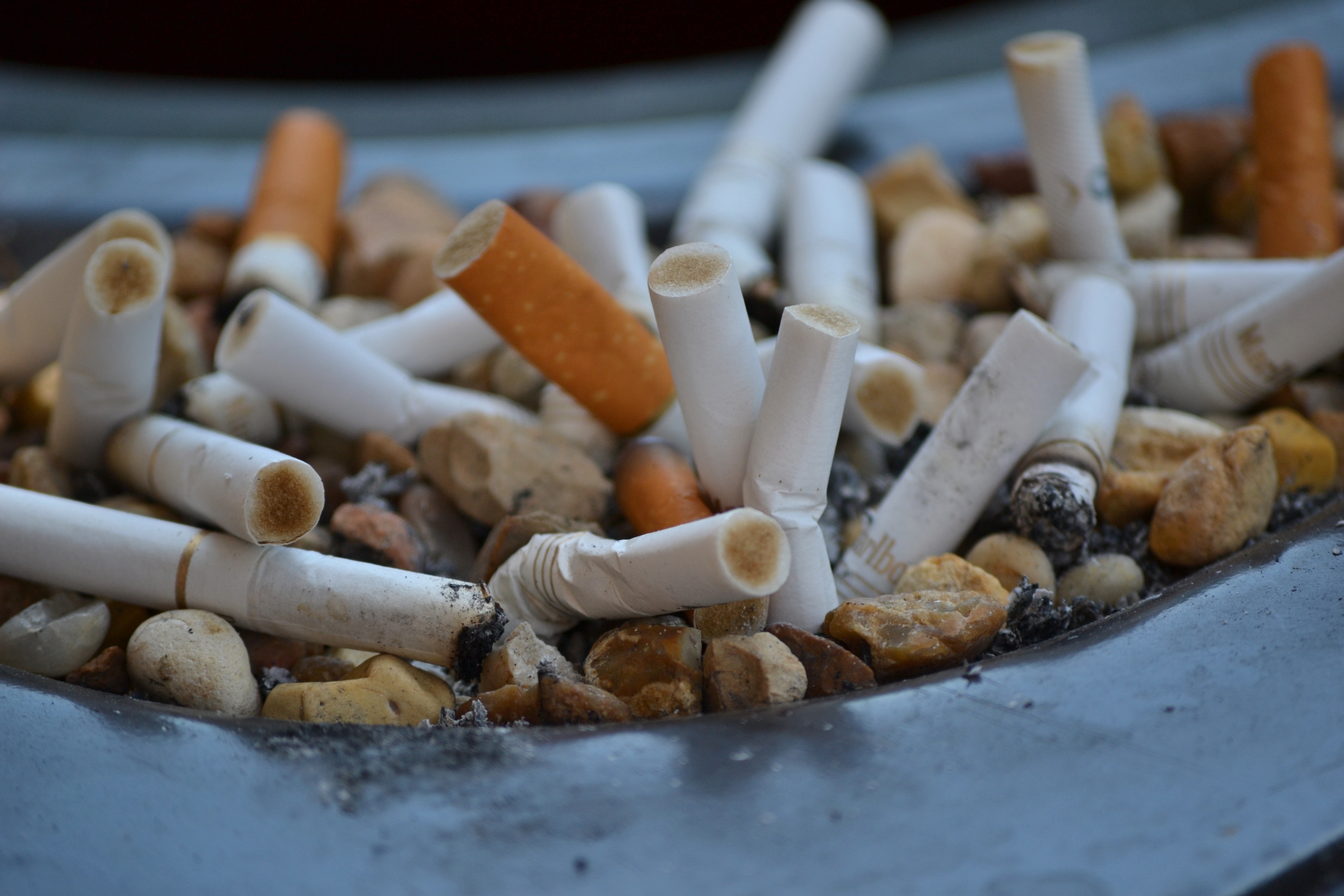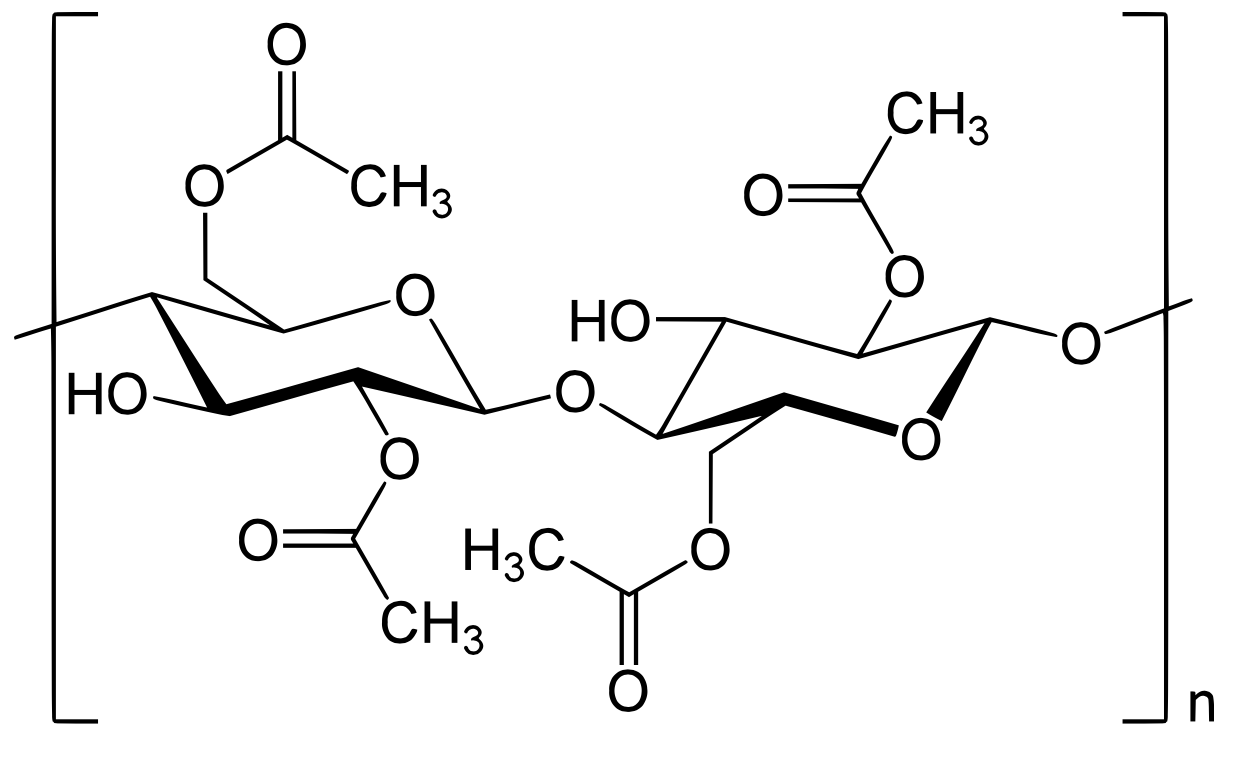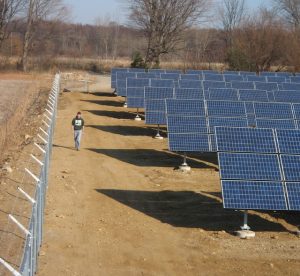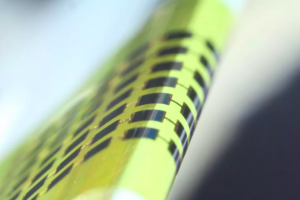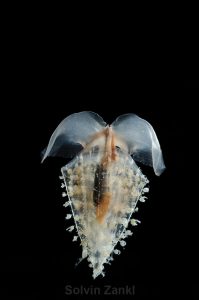Are we closer to overcoming genetic mutations? A recently published paper in Science journal describes a device invented to study the effects of genetic mutations in individual bacterial cells.
The researchers found only one percent of the mutations resulted in cell death, whereas most of non-lethal mutations seemed to have no effect.
Genetic mutations fuel evolution, but they can be detrimental to humans. They are responsible for a range of problems plaguing humanity, like antibacterial resistance to cancer. Determining the rates at which mutations occur is central to understanding genetic mutations.
Although gene mutation in bacteria have been studied for ages, they have been on large population of bacteria. These tests start by using millions of bacteria which replicate over many days, then the final colony is compared to the starting colony to find the rate of mutations over generations of bacteria.

Bacterial Cells Image courtesy – wikipedia
The problems with this approach is that you can only analyze a small number of samples, and the effects of mutations are an average seen in all the cells. Most lethal mutations are never seen, since those bacterial cells die before replicating to form a colony.
Researchers from institutes across France built a device called a “mother machine” to separate an individual bacterium, observe it replicate, and study its mutations over several generation.
This device was installed with hundreds of tiny tubes that could trap a single bacterial cell at a time. The cell division process was observed with a microscope and if there was a mistake in genetic replication, it was labelled with a fluorescent tag – a molecule attached to a biomolecule to track its activity.
The researchers found that all cells had the same likelihood of mutating. One cell was not more inclined to mutate than another cell.
The researchers watched 200 generations of bacteria that had total of 20, 000 mutations.
Summary of the Effects of Mutation on Bacterial Cells
| Number of mutations observed | Percent of all mutations (%) | |
| Lethal mutations (caused cell death) | 200 | 1 |
| Harmful mutations (didn’t cause cell death) | 40 | 0.2 |
| Harmless mutations | 19, 760 | 98.8 |
| Total mutations observed | 20, 000 | 100 |
Data source- Robert et al., Science (2018)
Only one percent of the mutations were lethal to the cell, 0.2% were harmful but did not kill the cell. The rest of the time, the mutation does not affect the cell.
The bacterial cells were living in controlled environments conducive to cell growth. This means the cells were not exposed to environmental factors that would result in natural selection. As a result, the researchers couldn’t determine if any of the harmless mutations were beneficial for bacteria’s survival in natural environments.
The researchers are planning to see the effects of surroundings on mutation by carrying out the experiments while changing the environment around the bacteria.
However, a controlled setting without natural selection reveals the rate of mutation inherent to cell replication, which can help scientists understand what drives mutation.
References:
Robert, L.; Ollion, J.; Robert, J.; Song, X.; Matic, I.; Elez, M. Science2018, 359(6381), 1283–1286.


